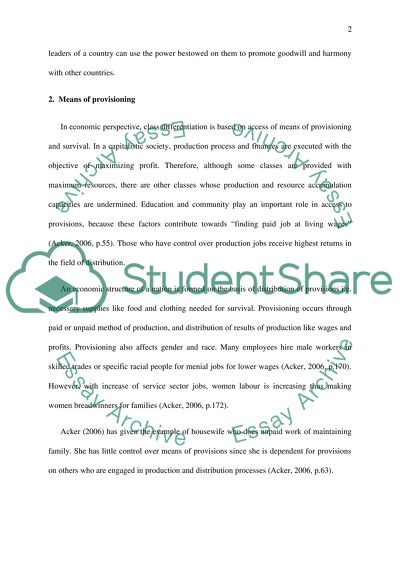Cite this document
(“Women, Work and Class Assignment Example | Topics and Well Written Essays - 2250 words”, n.d.)
Women, Work and Class Assignment Example | Topics and Well Written Essays - 2250 words. Retrieved from https://studentshare.org/gender-sexual-studies/1488930-women-workclass
Women, Work and Class Assignment Example | Topics and Well Written Essays - 2250 words. Retrieved from https://studentshare.org/gender-sexual-studies/1488930-women-workclass
(Women, Work and Class Assignment Example | Topics and Well Written Essays - 2250 Words)
Women, Work and Class Assignment Example | Topics and Well Written Essays - 2250 Words. https://studentshare.org/gender-sexual-studies/1488930-women-workclass.
Women, Work and Class Assignment Example | Topics and Well Written Essays - 2250 Words. https://studentshare.org/gender-sexual-studies/1488930-women-workclass.
“Women, Work and Class Assignment Example | Topics and Well Written Essays - 2250 Words”, n.d. https://studentshare.org/gender-sexual-studies/1488930-women-workclass.


